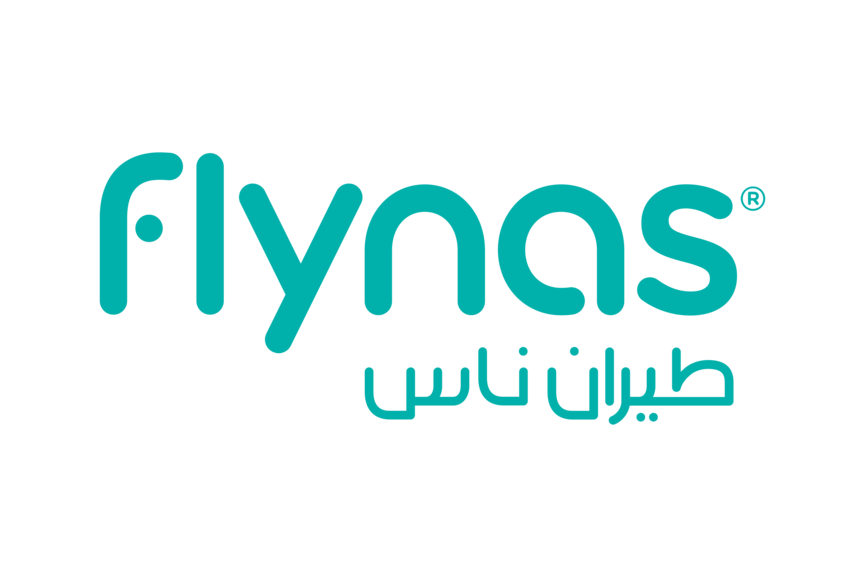Welcome to the wonderful Saudi
Location : Saudi Arabia - Riyadh
If you’re a lover of adventure and travel then this tour is for you, from the Cites of Hail and Al Ula, to the wonders of Jeddah and Riyadh which are famous for their modern lifestyles are still full of history, culture and many sites to visit and enjoy. For anyone wanting to explore Saudi Arabia’s gifts this tour will satisfy your needs for adventure.
Highlights : Riyadh, Al Jouf, Hail, AlUla, Jeddah, Taif
Program ( 11 days )
-
Day 1
Arrival in Riyadh
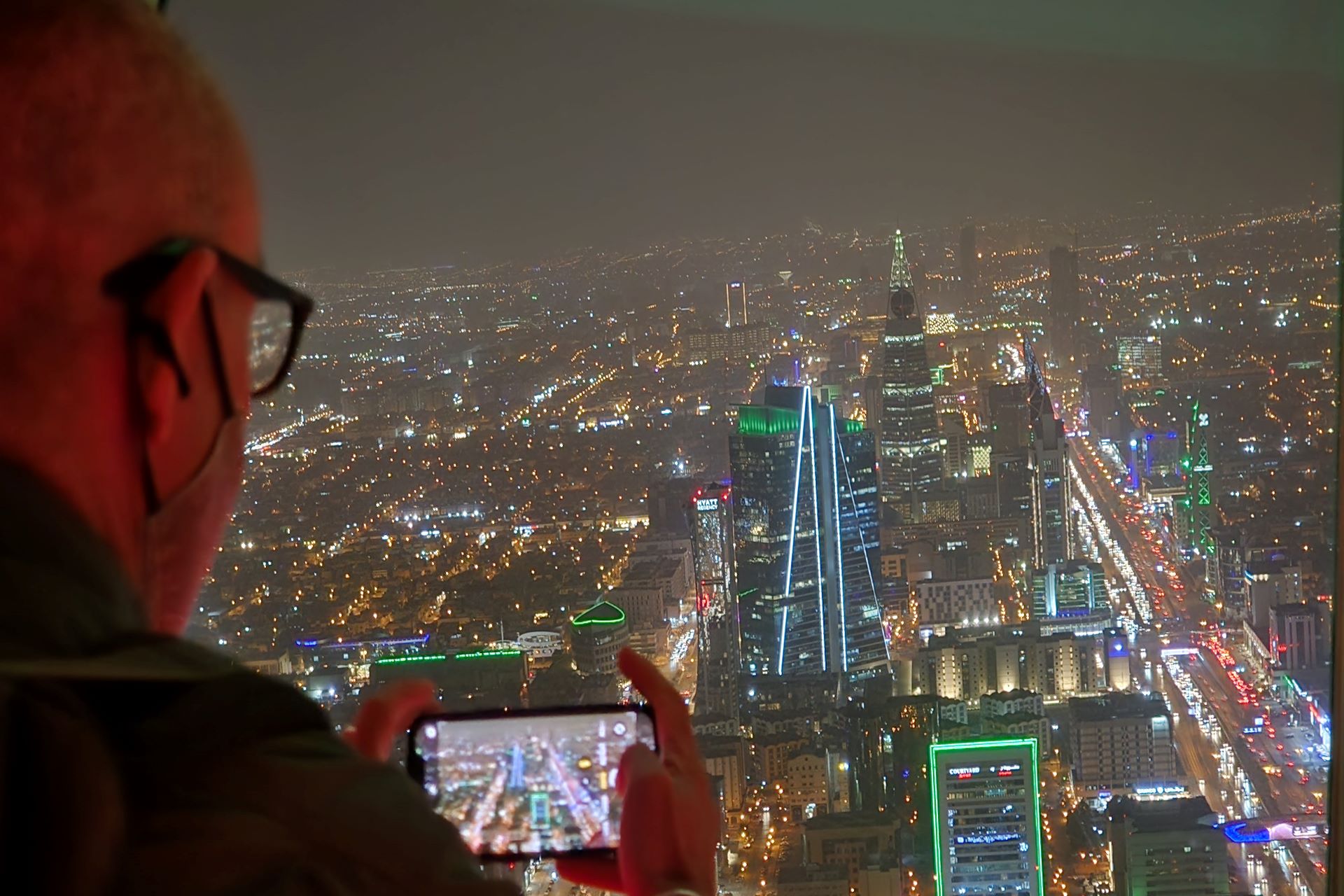 Meet & assist upon arrival to Riyadh Airport, the capital of Saudi Arabia, transfer to hotel for overnight.
Meet & assist upon arrival to Riyadh Airport, the capital of Saudi Arabia, transfer to hotel for overnight.
Overnight at Riyadh hotel.
-
Day 2
Historical Riyadh
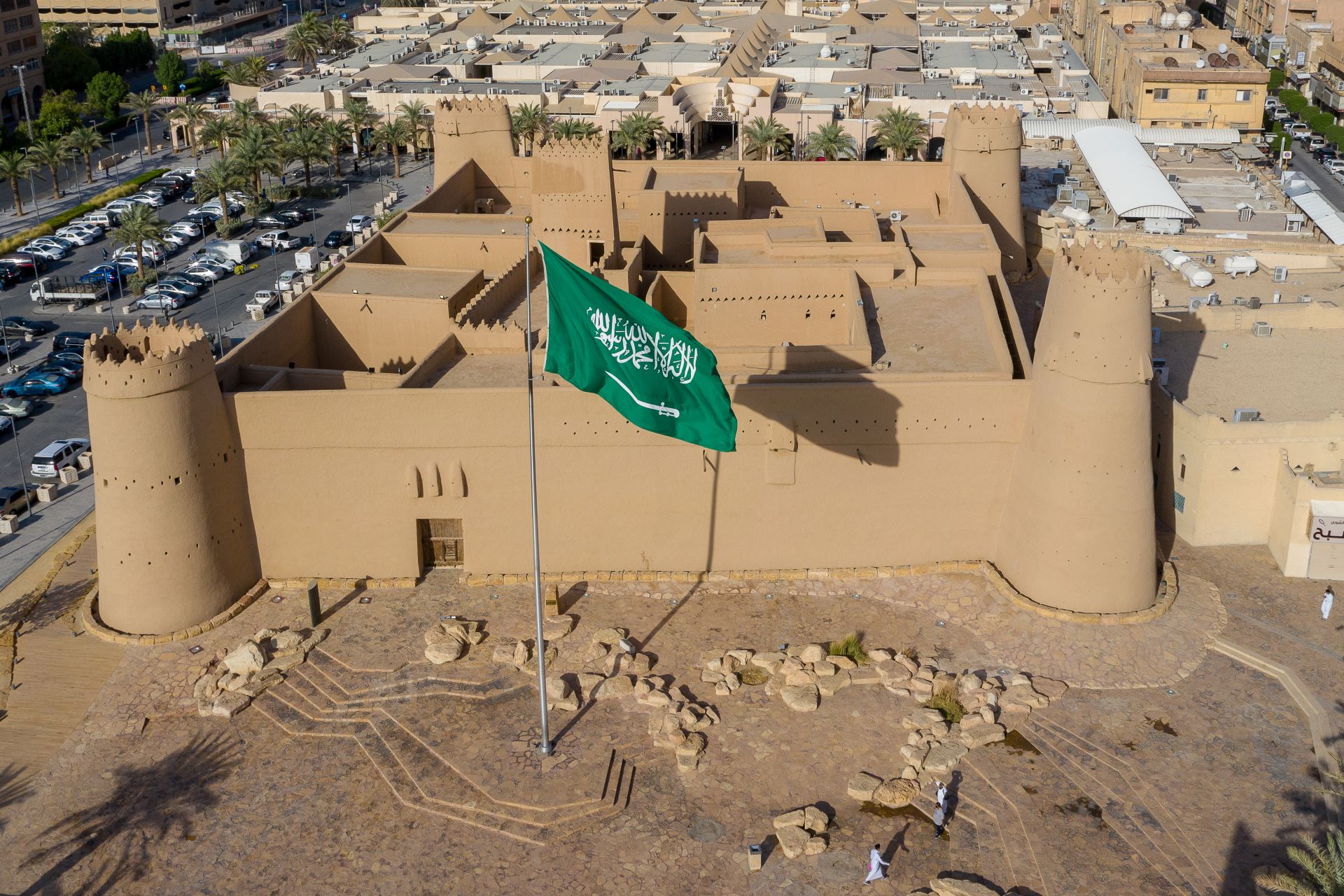 After breakfast Start your tour exploring the country's capital. visiting The National Museum of Saudi Arabia. Established in 1999, It is part of the King Abdul-Aziz Historical Centre in Riyadh. driving on Makkah Road towards old Camel Caravan Trail, where one can enjoy walk on old camel tracks which is always very fascinating. Continue to Masmak Fort, enjoy a step back in time and explore Saudi Arabia’s roots. A short documentary also re-enacts the capture of the fortress by King Abdul Aziz, whose spearhead you can still see embedded in its wooden gate. visit Murraba palace, among the most important palaces built by King Abdul-Aziz. this Palace was to accommodate his family, it was built on the local traditional Najid style by using local building material only. Dira Souq is famous for its variety of old copper and brass objects including silver daggers, silver Bedouins Jewelry and dresses. While entering from the main access point, visitors always smell sandal wood fragrance. Dira Souq is a great place to purchase antique carpets and other useful Saudi heritage antiques.
After breakfast Start your tour exploring the country's capital. visiting The National Museum of Saudi Arabia. Established in 1999, It is part of the King Abdul-Aziz Historical Centre in Riyadh. driving on Makkah Road towards old Camel Caravan Trail, where one can enjoy walk on old camel tracks which is always very fascinating. Continue to Masmak Fort, enjoy a step back in time and explore Saudi Arabia’s roots. A short documentary also re-enacts the capture of the fortress by King Abdul Aziz, whose spearhead you can still see embedded in its wooden gate. visit Murraba palace, among the most important palaces built by King Abdul-Aziz. this Palace was to accommodate his family, it was built on the local traditional Najid style by using local building material only. Dira Souq is famous for its variety of old copper and brass objects including silver daggers, silver Bedouins Jewelry and dresses. While entering from the main access point, visitors always smell sandal wood fragrance. Dira Souq is a great place to purchase antique carpets and other useful Saudi heritage antiques.
Overnight at Riyadh hotel.
-
Day 3
Riyadh - Al Jouf
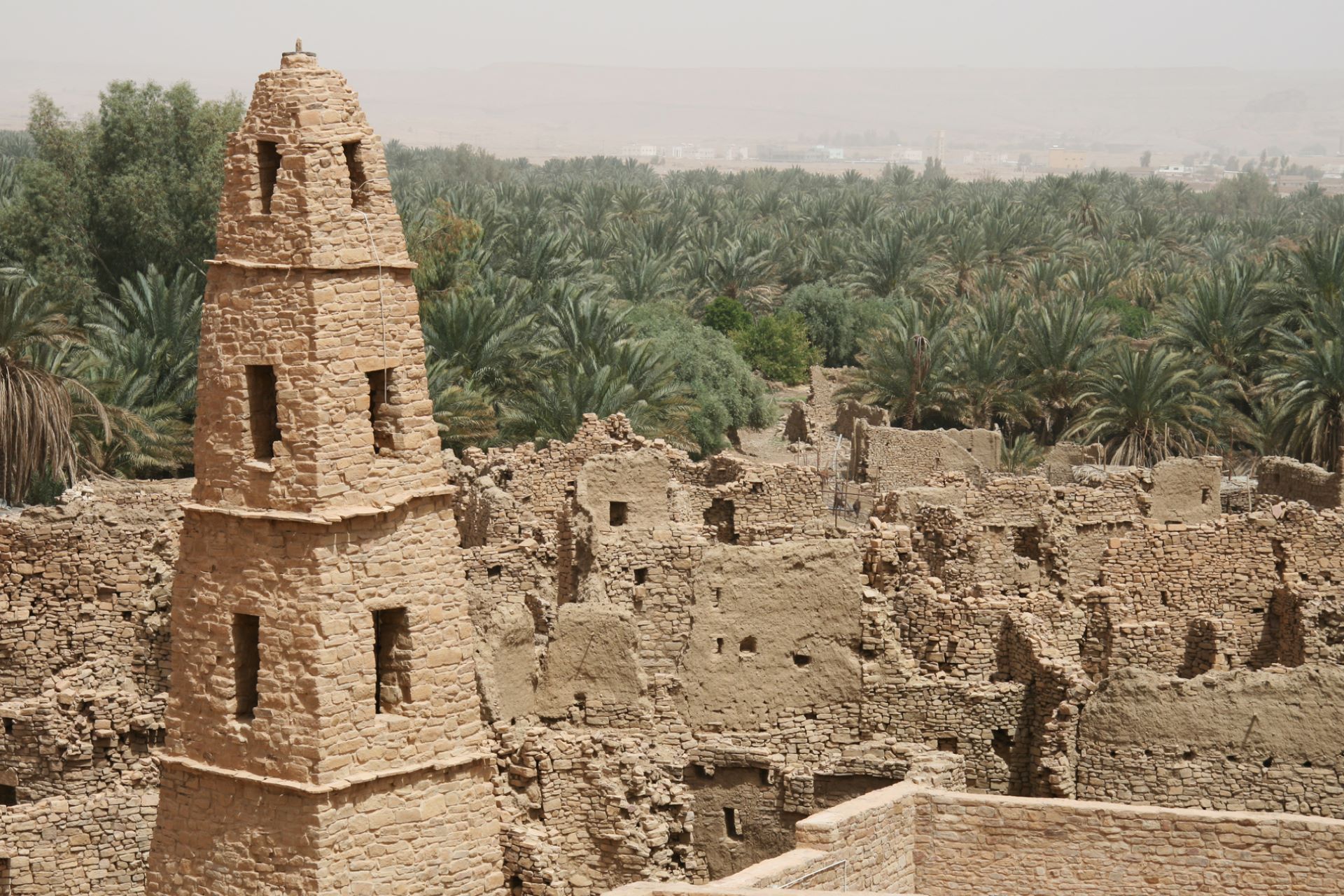 Breakfast and transfer to Airport to catch our early flight to Al Jouf. A mysterious site. Rajajil often called the Stonehenge of Arabia, Rajajil is a mysterious ancient site located on a sandstone terrace some 20 kilometers south of the center of Sakaka. The ‘enigma’ of the standing stones of the site attracted popular explanations, including stories of fear and superstition, or the understanding that the +site had astronomical functions, however archeological excavations have revealed that Rajajil is indeed a burial site. Excavations have all confirmed the dating of Rajajil at least as early as the 5th millennium BCE and possibly the 6th millennium BCE. The watch tower of Sakaka. The Qasr Zaba’al at Sakaka stands on a tall rock spur overlooking the ancient village, the palm groves and the new town. It resembles ruins that can be attributed to the Nabatean area, particularly the well of Bi’r Saysara. The site also presents an original example of an ancient rock carving which can date back to the Neolithic period (8th-5th millennium BCE)
Breakfast and transfer to Airport to catch our early flight to Al Jouf. A mysterious site. Rajajil often called the Stonehenge of Arabia, Rajajil is a mysterious ancient site located on a sandstone terrace some 20 kilometers south of the center of Sakaka. The ‘enigma’ of the standing stones of the site attracted popular explanations, including stories of fear and superstition, or the understanding that the +site had astronomical functions, however archeological excavations have revealed that Rajajil is indeed a burial site. Excavations have all confirmed the dating of Rajajil at least as early as the 5th millennium BCE and possibly the 6th millennium BCE. The watch tower of Sakaka. The Qasr Zaba’al at Sakaka stands on a tall rock spur overlooking the ancient village, the palm groves and the new town. It resembles ruins that can be attributed to the Nabatean area, particularly the well of Bi’r Saysara. The site also presents an original example of an ancient rock carving which can date back to the Neolithic period (8th-5th millennium BCE)
Overnight in Sakaka hotel.
-
Day 4
Al Jouf – Hail
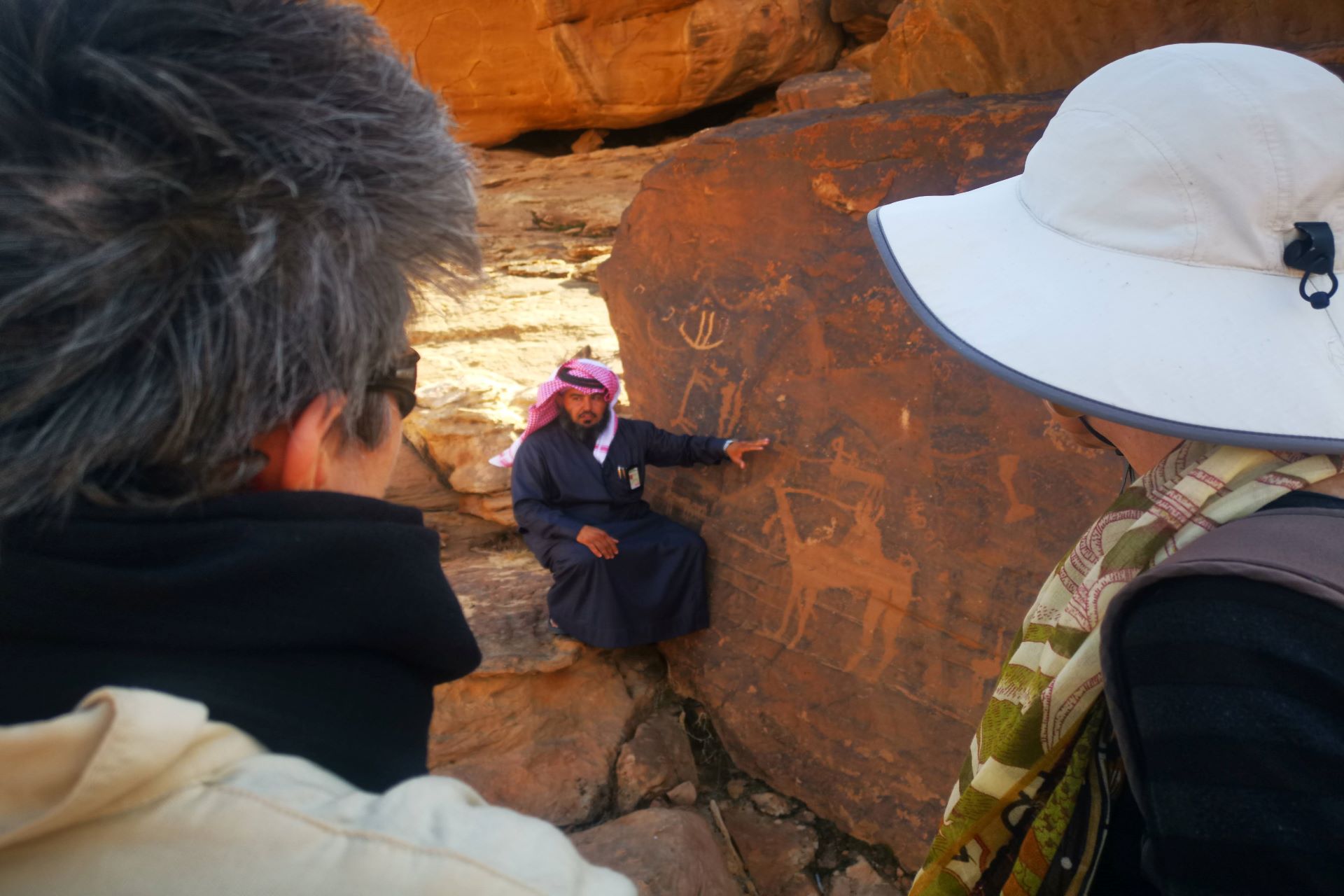 The oasis of Dumat Al-Jandal is located in the very heart of the province of Al Jawf, 50 km south of Sakaka, it is the largest and best-known oasis at the northern limit of the great al-Nafud desert. Qasr Marid, the fortress of Dumat al-Jandal. The castle Marid (which means “the rebel” in Arabic) stands on a natural limestone outcrop overlooking the valley where the ancient oasis lies. Its position, occupying what appears to have been a genuine acropolis, suggests that this must have been the site of one of the oldest settlements at Dumat al-Jandal, dating at least back to Nabatean times. Umar bin al-Khattab Mosque, is certainly the most emblematic monument in the Al Jawf province, Pyramidal in shape, the minaret has five stores rising to a height of about 15 meters. Continue to Jubbah, the most famous rock art site in Saudi Arabia, which is designated a UNESCO World Heritage Site. The carvings that can be found on the Jibal Umm Sinman cover a wide range of representations as well as a large period of time with some carvings possibly being 10 000 years old. Jubbah is host of the two most emblematic carvings in Saudi Arabia. The first one is a character dominating another smaller one. The second one is a chariot pulled by two horses. Continue to Hail, which has been the gateway to the desert. From the city you can see the Aarif citadel on a mountain. Overnight Hail.
The oasis of Dumat Al-Jandal is located in the very heart of the province of Al Jawf, 50 km south of Sakaka, it is the largest and best-known oasis at the northern limit of the great al-Nafud desert. Qasr Marid, the fortress of Dumat al-Jandal. The castle Marid (which means “the rebel” in Arabic) stands on a natural limestone outcrop overlooking the valley where the ancient oasis lies. Its position, occupying what appears to have been a genuine acropolis, suggests that this must have been the site of one of the oldest settlements at Dumat al-Jandal, dating at least back to Nabatean times. Umar bin al-Khattab Mosque, is certainly the most emblematic monument in the Al Jawf province, Pyramidal in shape, the minaret has five stores rising to a height of about 15 meters. Continue to Jubbah, the most famous rock art site in Saudi Arabia, which is designated a UNESCO World Heritage Site. The carvings that can be found on the Jibal Umm Sinman cover a wide range of representations as well as a large period of time with some carvings possibly being 10 000 years old. Jubbah is host of the two most emblematic carvings in Saudi Arabia. The first one is a character dominating another smaller one. The second one is a chariot pulled by two horses. Continue to Hail, which has been the gateway to the desert. From the city you can see the Aarif citadel on a mountain. Overnight Hail.
-
Day 5
Hail – Al Ula
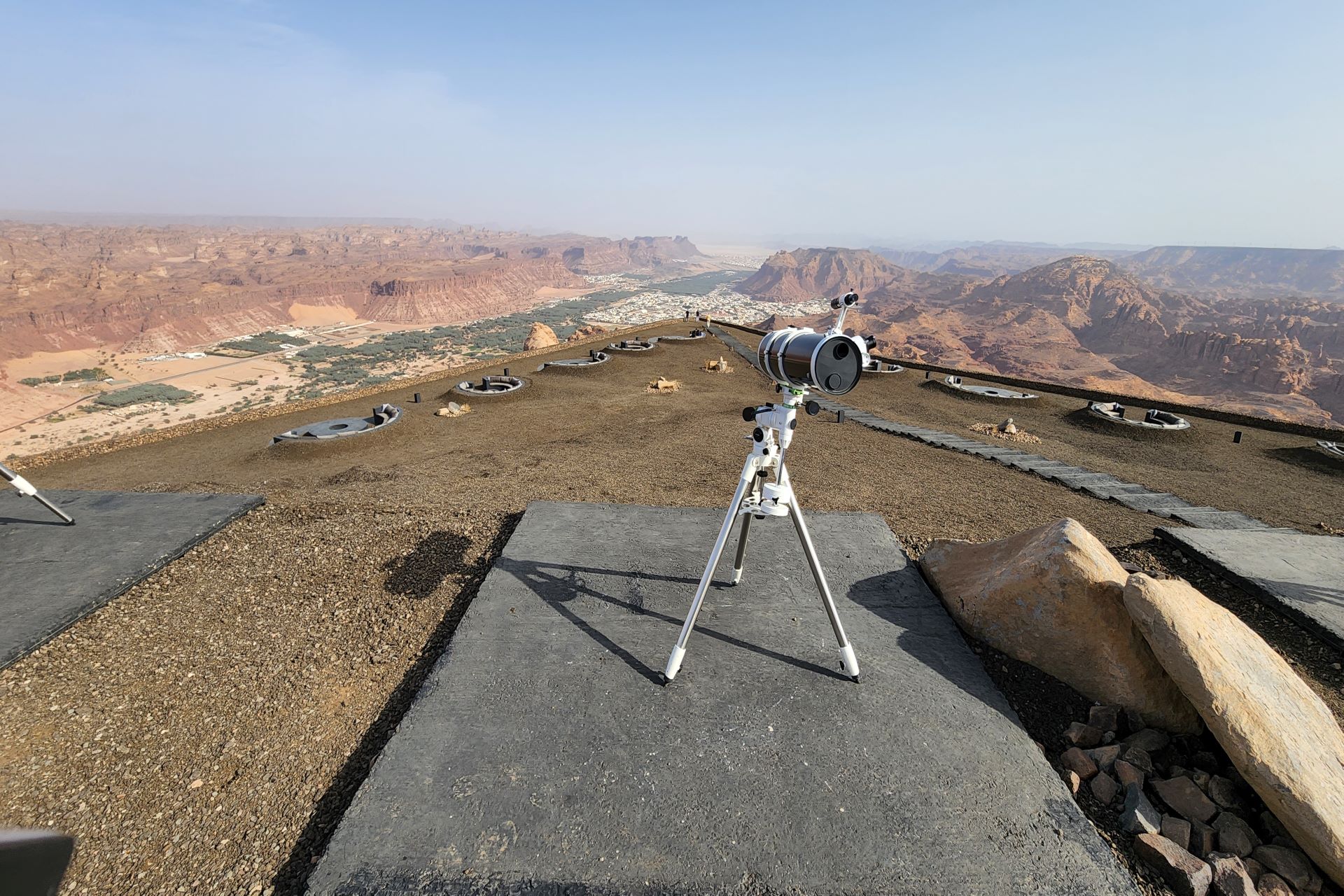 After breakfast, we start our day with a visit to Fort Earif, with its strategic location the city of Hail hosted several fortified buildings protecting its rulers. The oldest and probably most famous is the Earif Fort which is built on top of a rock which provides the best viewpoint over the city. Fort Qashlah (exterior), which was built in the 1940s during the principality of prince Abdul-Aziz bin Musa'ad Al Saud of Hail province. Its name comes from the Turkish word for fort or barrack (Kişla), and it is a two-floor mud palace, with long walls that stretch over 140 meters and are 8.5m tall, and it has eight watch-towers along with the walls with two main gates, east and west. The city of Hail, capital of the eponymous province, is located in the center of northern Arabian Peninsula on the eastern side of the massive Jibal Aga and at the fringe of the vast desert of Al Rub' Al-Khali. Hail is well-known for the generosity of its people as it is the place where Hatim al-Tai, who was a famous Arab poet and one of the characters of The One Thousand and One Nights, lived. Stories about his extreme generosity have made him an icon to Arabs throughout time, as in the proverbial phrase "more generous than Hatem". Continue to Al Ula for overnight at our camp.
After breakfast, we start our day with a visit to Fort Earif, with its strategic location the city of Hail hosted several fortified buildings protecting its rulers. The oldest and probably most famous is the Earif Fort which is built on top of a rock which provides the best viewpoint over the city. Fort Qashlah (exterior), which was built in the 1940s during the principality of prince Abdul-Aziz bin Musa'ad Al Saud of Hail province. Its name comes from the Turkish word for fort or barrack (Kişla), and it is a two-floor mud palace, with long walls that stretch over 140 meters and are 8.5m tall, and it has eight watch-towers along with the walls with two main gates, east and west. The city of Hail, capital of the eponymous province, is located in the center of northern Arabian Peninsula on the eastern side of the massive Jibal Aga and at the fringe of the vast desert of Al Rub' Al-Khali. Hail is well-known for the generosity of its people as it is the place where Hatim al-Tai, who was a famous Arab poet and one of the characters of The One Thousand and One Nights, lived. Stories about his extreme generosity have made him an icon to Arabs throughout time, as in the proverbial phrase "more generous than Hatem". Continue to Al Ula for overnight at our camp.
-
Day 6
AlUla
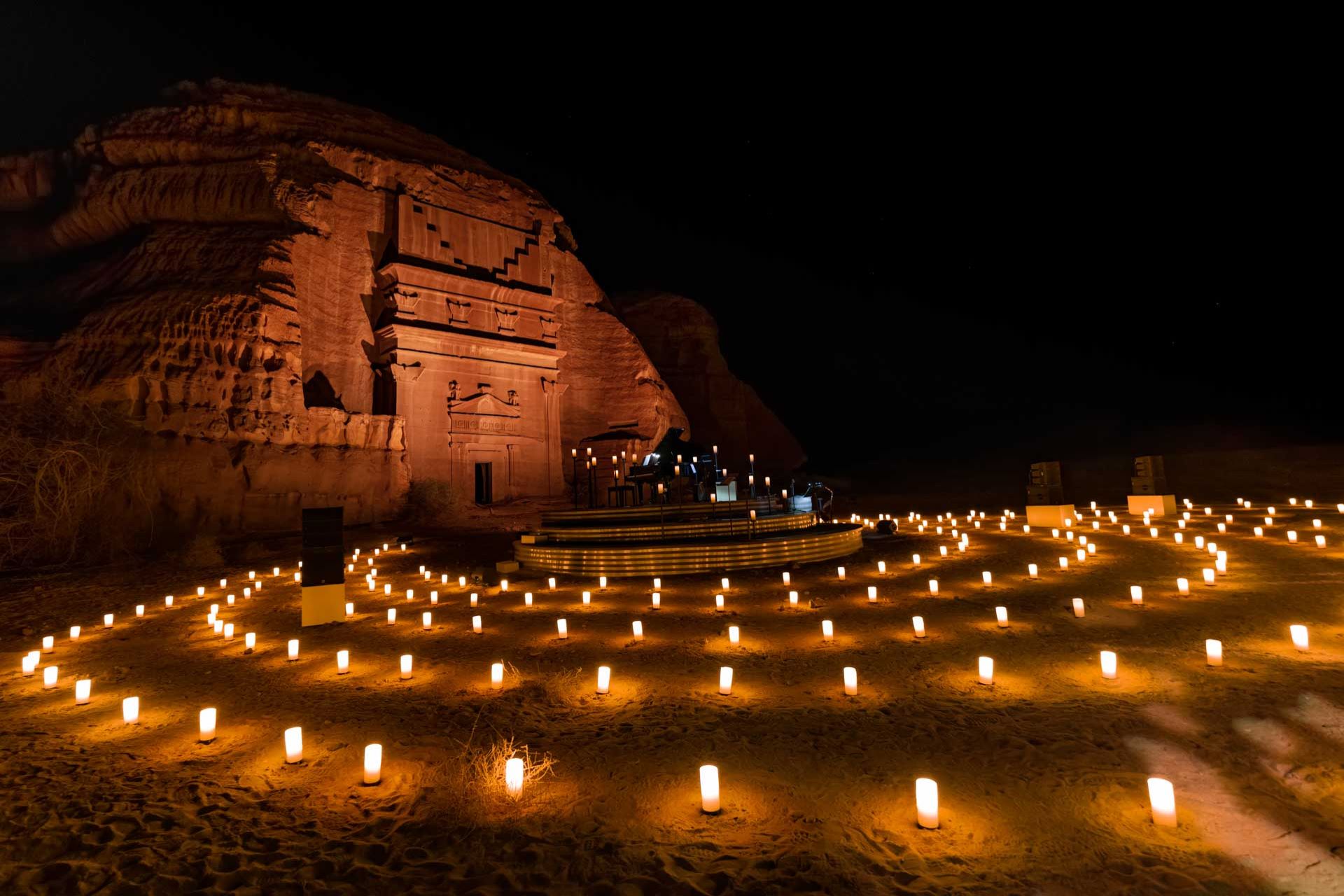 Hegra is the most iconic historical site of the Kingdom of Saudi Arabia and the first to be listed as a UNESCO Word Heritage, back in 2008. The Nabateans, called it Hijra (as it appears in some ancient inscriptions at the site), and the Romans used to call it Hegra. The Nabatean Kingdom The Nabatean people were Arab merchants actively involved in the frankincense trade originating from ancient Yemen from which they gained their great wealth. The Nabatean Kingdom developed from the 2nd century BC. The extensive settlement of the site took place during the 1st century AD, when it came under the rule of the Nabatean king Aretas IV Philopatris (Al-Harith IV) (9 – 40 BC), who made Hegra the kingdom's first capital, before Petra, located 500 kilometers to the north. In the early 19th century BC, the Ottomans built a railway station at Hegra that was along the Hejaz Railway linking Damascus to the holy city.
Hegra is the most iconic historical site of the Kingdom of Saudi Arabia and the first to be listed as a UNESCO Word Heritage, back in 2008. The Nabateans, called it Hijra (as it appears in some ancient inscriptions at the site), and the Romans used to call it Hegra. The Nabatean Kingdom The Nabatean people were Arab merchants actively involved in the frankincense trade originating from ancient Yemen from which they gained their great wealth. The Nabatean Kingdom developed from the 2nd century BC. The extensive settlement of the site took place during the 1st century AD, when it came under the rule of the Nabatean king Aretas IV Philopatris (Al-Harith IV) (9 – 40 BC), who made Hegra the kingdom's first capital, before Petra, located 500 kilometers to the north. In the early 19th century BC, the Ottomans built a railway station at Hegra that was along the Hejaz Railway linking Damascus to the holy city.
Overnight t AlUla Camp.
-
Day 7
Al Ula - Jeddah
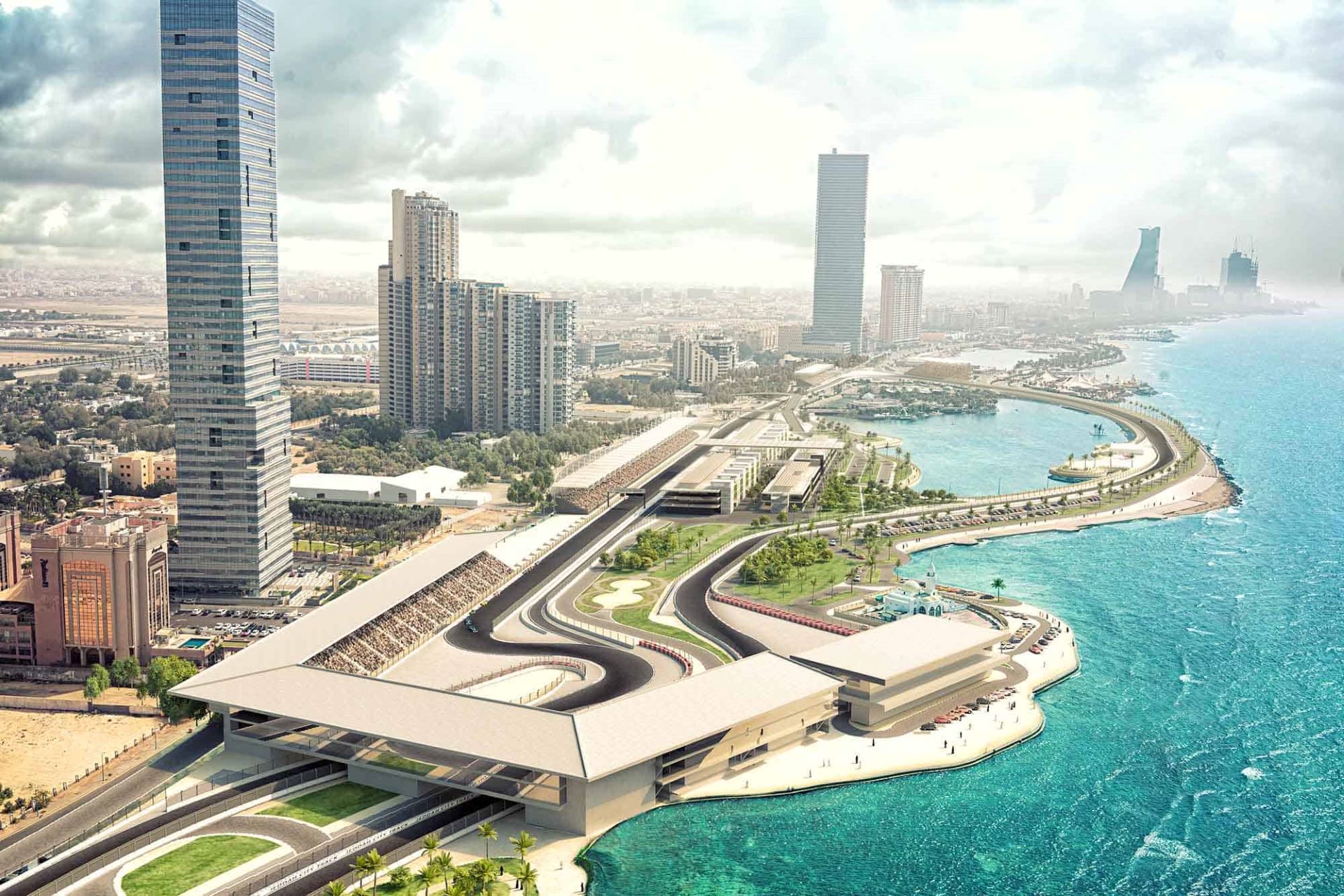 The birthplace of two ancient Arabian kingdoms. During the 1st millennium BC, Al-Ulla saw the rise of the ancient city of Dedan that became the capital of two successive kingdoms, Dedan and Lihyan, that ruled over the northwest of the Arabian Peninsula. A small fort still stands in the middle of the Heritage Village of Al-Ulla and is known as Musa Ibn Nusayr Fort. It was probably a fortified structure as early as the Dedanite or Lihyanite times as some Dedanitic inscriptions were carved on the rock where the fort was built. Al-Ula Heritage Village (ghost town), also known as Ad-Deerah, is the traditional Arabian village where people of the oasis moved some 8 centuries ago and inhabited until the 20th century. It was built on a higher part of the valley in order to be clear from the floods that can occur during the raining season. At its maximum expansion the town contained over 1 000 houses that were built adjacent to one another thereby forming a wall around the town to defend the population.
The birthplace of two ancient Arabian kingdoms. During the 1st millennium BC, Al-Ulla saw the rise of the ancient city of Dedan that became the capital of two successive kingdoms, Dedan and Lihyan, that ruled over the northwest of the Arabian Peninsula. A small fort still stands in the middle of the Heritage Village of Al-Ulla and is known as Musa Ibn Nusayr Fort. It was probably a fortified structure as early as the Dedanite or Lihyanite times as some Dedanitic inscriptions were carved on the rock where the fort was built. Al-Ula Heritage Village (ghost town), also known as Ad-Deerah, is the traditional Arabian village where people of the oasis moved some 8 centuries ago and inhabited until the 20th century. It was built on a higher part of the valley in order to be clear from the floods that can occur during the raining season. At its maximum expansion the town contained over 1 000 houses that were built adjacent to one another thereby forming a wall around the town to defend the population.
Overnight in Jeddah.
-
Day 8
Jeddah - Taif
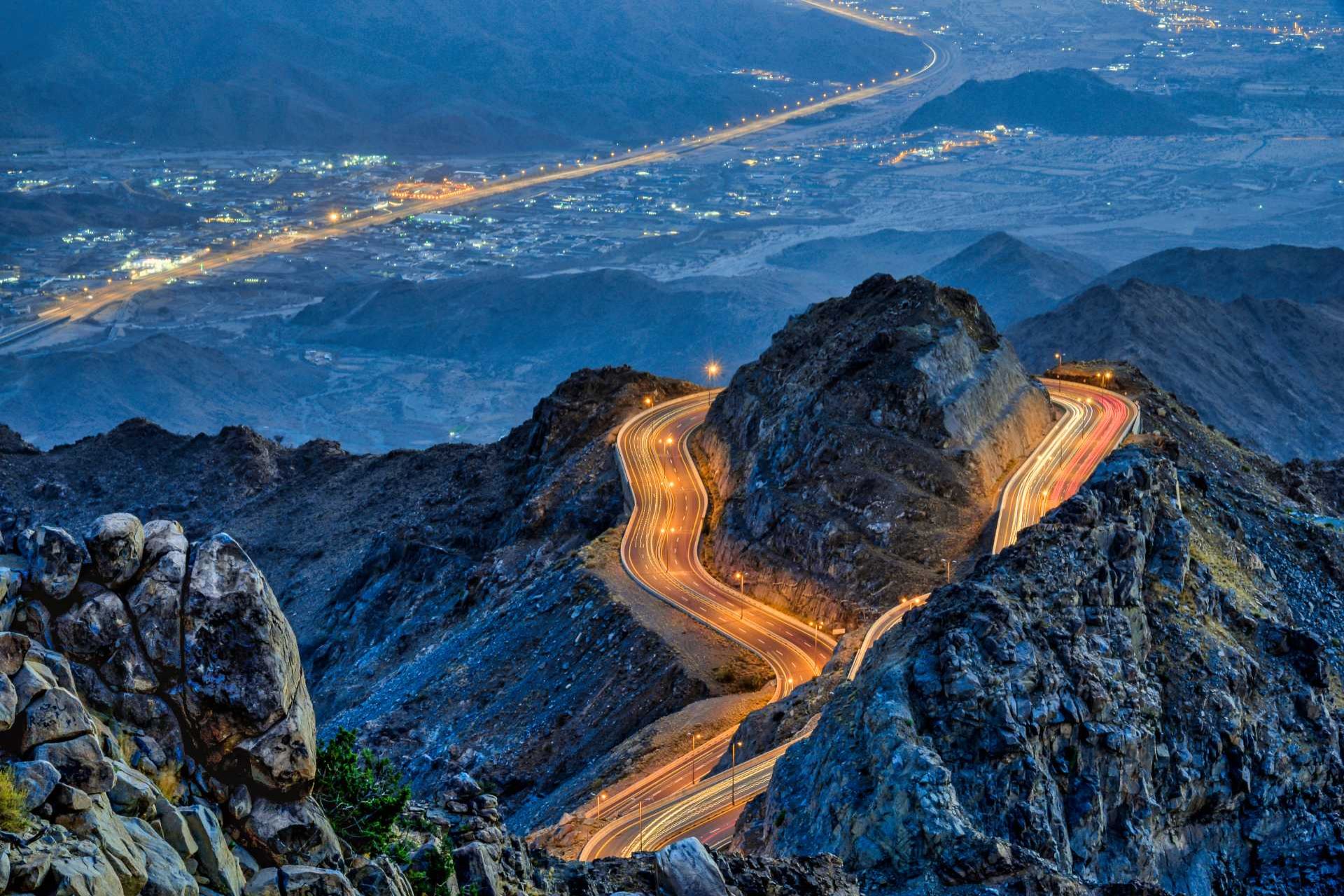 Head to Taif. Which is located less than 100 kilometers from Makkah but at 1800 meters of altitude, in a valley on the eastern side of the Hejaz mountains. The millennia old city lays at the crossroads of two of the most important historical roads of the Arabian Peninsula: the frankincense road that originated in Yemen more than 3000 years ago, and the pilgrimage road to Makkah whose Kaaba was already a place of worshiping before the advent of Islam and which hosts today the largest pilgrimage in the world. City tour at Taif include the Shubra Palace Museum Abdallah ibn Abbas Mosque (exterior) Tailors' Souk.
Head to Taif. Which is located less than 100 kilometers from Makkah but at 1800 meters of altitude, in a valley on the eastern side of the Hejaz mountains. The millennia old city lays at the crossroads of two of the most important historical roads of the Arabian Peninsula: the frankincense road that originated in Yemen more than 3000 years ago, and the pilgrimage road to Makkah whose Kaaba was already a place of worshiping before the advent of Islam and which hosts today the largest pilgrimage in the world. City tour at Taif include the Shubra Palace Museum Abdallah ibn Abbas Mosque (exterior) Tailors' Souk.
Overnight at Taif hotel.
-
Day 9
Taif – Jeddah
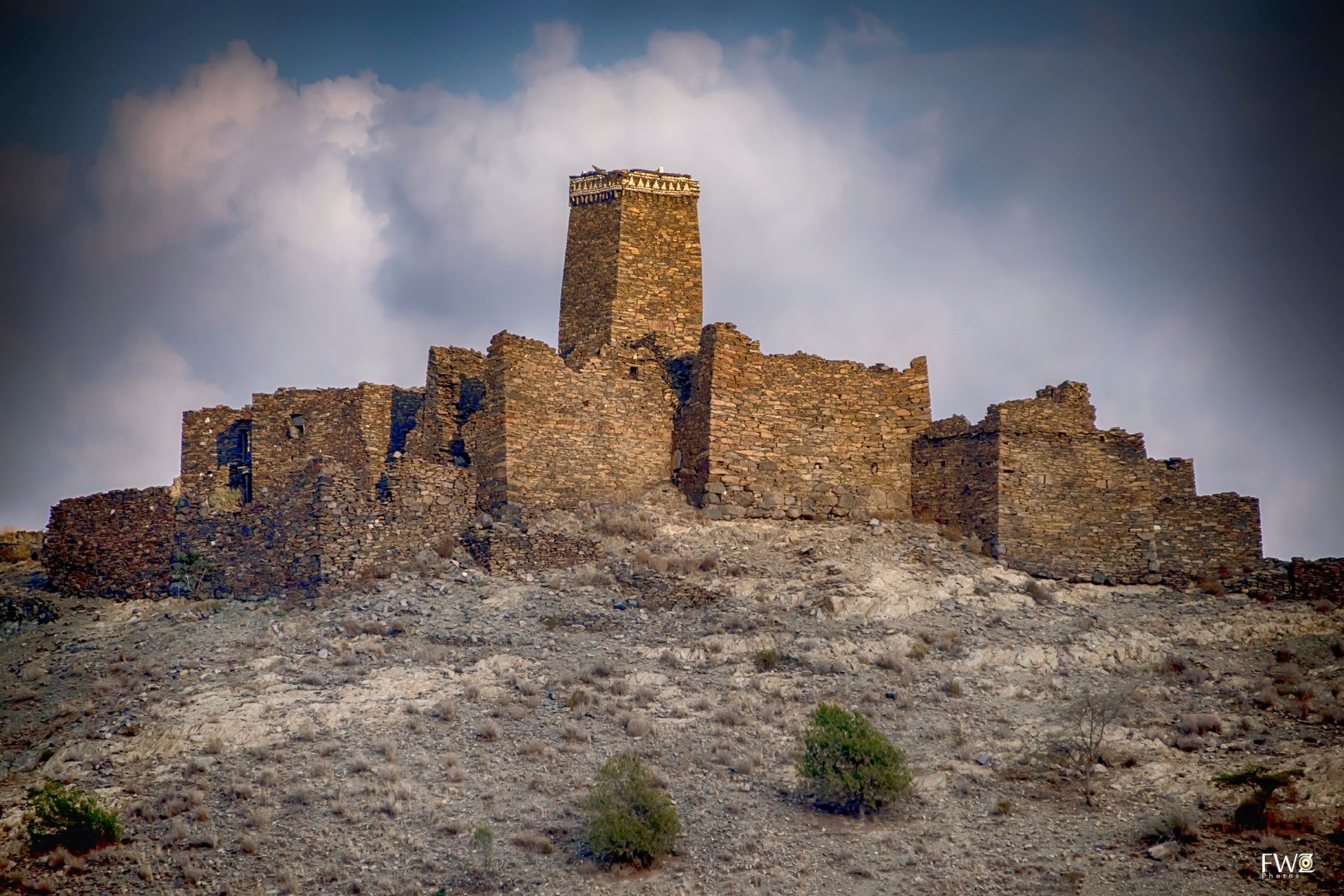 After breakfast, we start our day with a visit to the pre-Islamic Dam of Samallagi. Continue to the Ottomans Fort, which was refurbished in 1843. Taif was incorporated to the Ottoman Empire in 1517 along with the Hejaz after the troops of Selim the First conquered the Mamluk Sultanate. The city remained Ottoman until 1802 year when it was conquered by troops allied to the House of Saud that would afterwards seize Makkah and Madinah. The loss of the Holy Cities was a blow to the Ottoman sultan Mahmud the Second who called upon his nominal viceroy in Egypt Muhammad Ali who launched an attack on the Hejaz and reconquered Taif in 1813.
After breakfast, we start our day with a visit to the pre-Islamic Dam of Samallagi. Continue to the Ottomans Fort, which was refurbished in 1843. Taif was incorporated to the Ottoman Empire in 1517 along with the Hejaz after the troops of Selim the First conquered the Mamluk Sultanate. The city remained Ottoman until 1802 year when it was conquered by troops allied to the House of Saud that would afterwards seize Makkah and Madinah. The loss of the Holy Cities was a blow to the Ottoman sultan Mahmud the Second who called upon his nominal viceroy in Egypt Muhammad Ali who launched an attack on the Hejaz and reconquered Taif in 1813.
Back to Jeddah for overnight.
-
Day 10
Jeddah
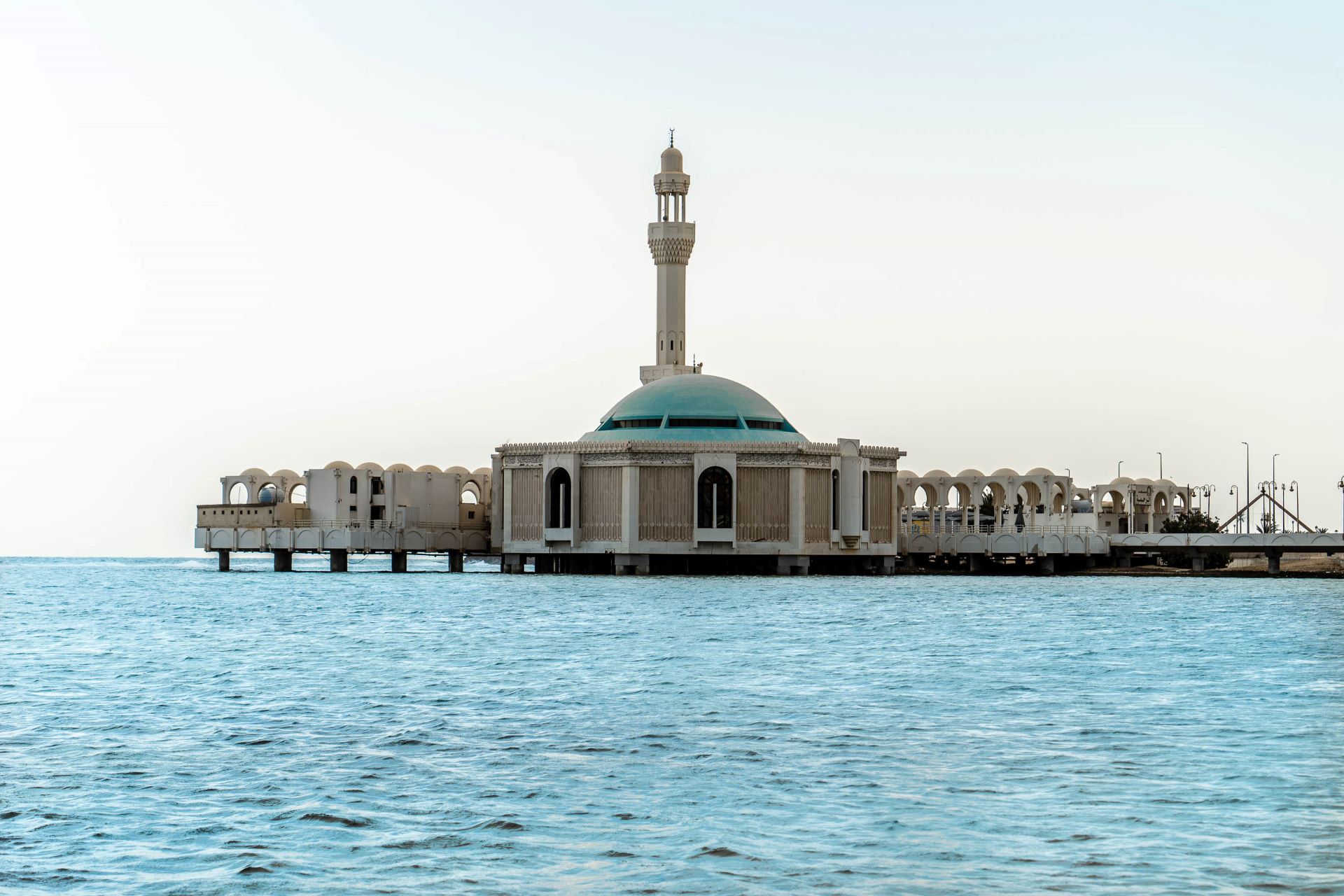 Today we enjoy Jeddah, which means grandmother, a name that was given to the city based on the belief that Eve, the grandmother of humanity would be buried there. Jeddah is the commercial heart of Saudi Arabia and traditionally the port where pilgrims from all over the Islamic world arrive on their way to Mecca and Medina. Visit to some of Jeddah’s most captivating old Ottoman houses. The old quarter is a UNESCO World Heritage Site and is known for its coral-built houses. The Nasif house is one of the few historic buildings that have been restored and now serve as a museum. You walk further through the old town and visit the Al Alawi Souq, the market that winds through the old neighbourhoods and where products such as incense, jewelry, coffee and clothing are sold. Discover the Red Sea corniche, along the boulevard and enjoy the most famous King Fahad Fountain.
Today we enjoy Jeddah, which means grandmother, a name that was given to the city based on the belief that Eve, the grandmother of humanity would be buried there. Jeddah is the commercial heart of Saudi Arabia and traditionally the port where pilgrims from all over the Islamic world arrive on their way to Mecca and Medina. Visit to some of Jeddah’s most captivating old Ottoman houses. The old quarter is a UNESCO World Heritage Site and is known for its coral-built houses. The Nasif house is one of the few historic buildings that have been restored and now serve as a museum. You walk further through the old town and visit the Al Alawi Souq, the market that winds through the old neighbourhoods and where products such as incense, jewelry, coffee and clothing are sold. Discover the Red Sea corniche, along the boulevard and enjoy the most famous King Fahad Fountain.
Overnight at Jeddah Hotel.
-
Day 11
Departure Jeddah
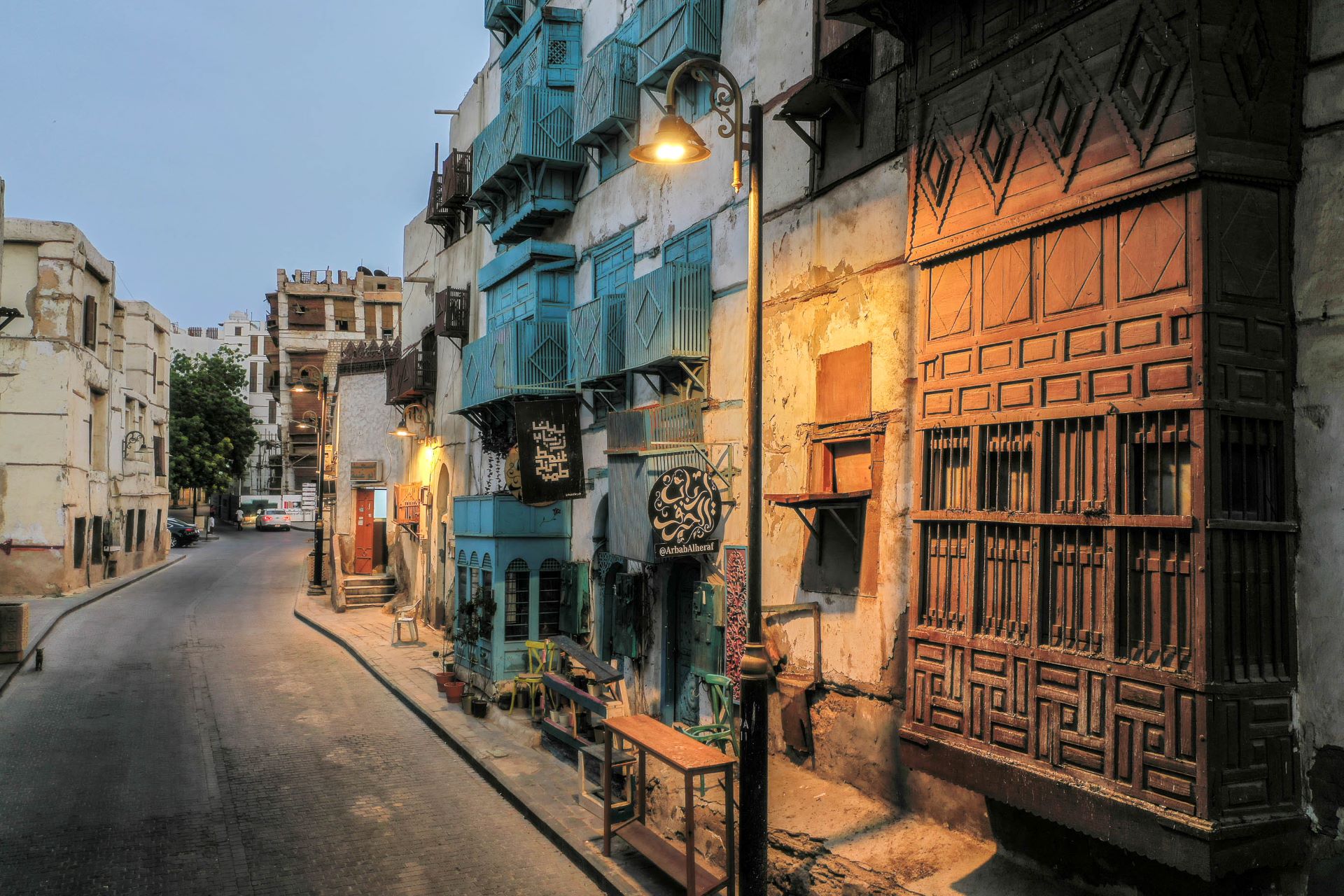 Today you fly back home, breakfast and transfer to the airport for departure.
Today you fly back home, breakfast and transfer to the airport for departure.
Activities
- Adventure
- Exploring
Select Day
Includes
- All transfer and transportation with A/C bus or car.
- All nights’ accommodation B/B at selected category hotel.
- English speaking tour leader/driver.
- All entrance fees in Saudi as listed in itinerary.
- All Taxes.
Excludes
- Visa cost to Saudi.
- All Lunches.
- All Dinners
- Drinks during meals.
- Domestic Flight.
- Tips.
- Any personal expenses.
- Anything not mentioned in the Include items.


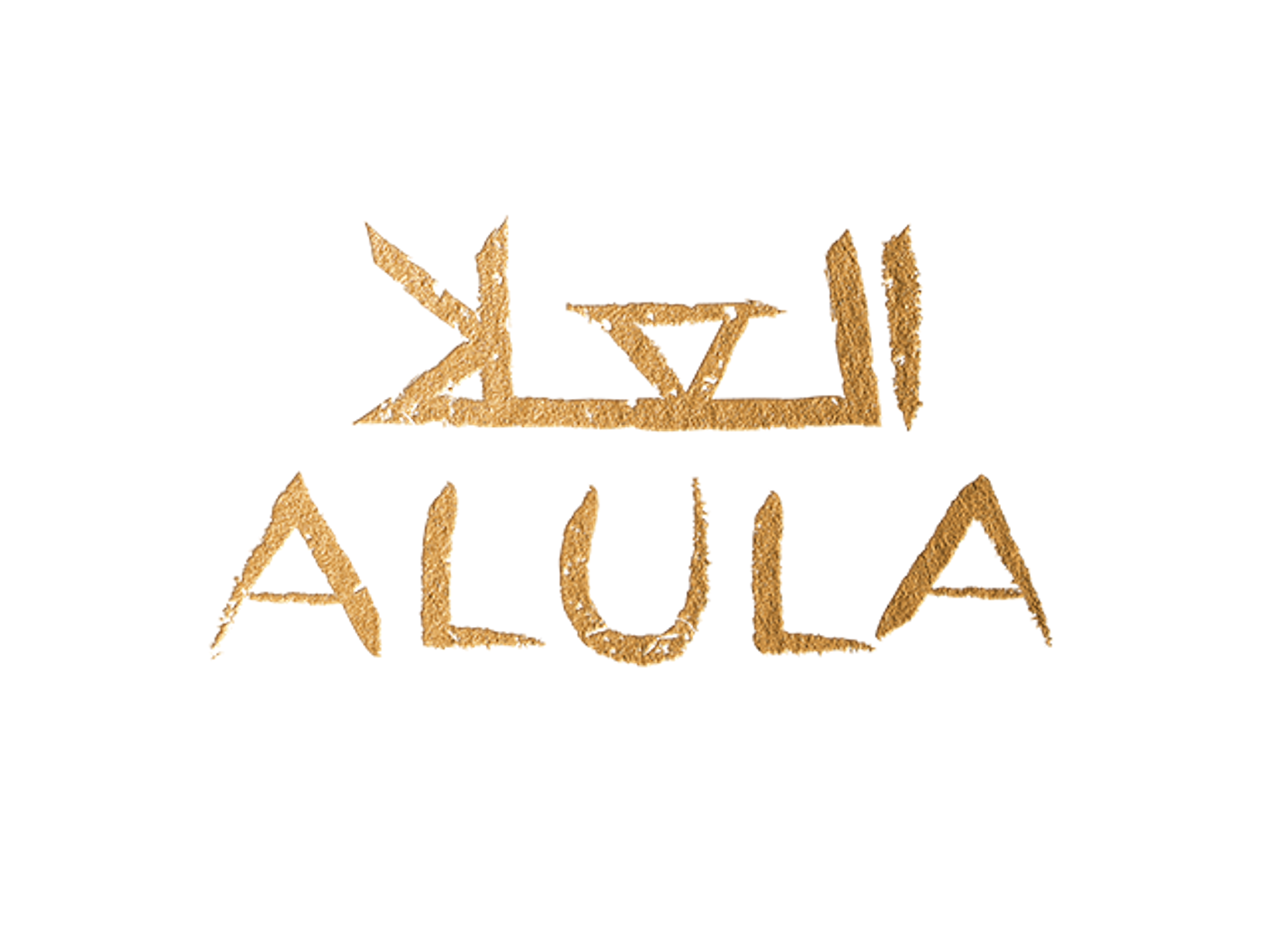



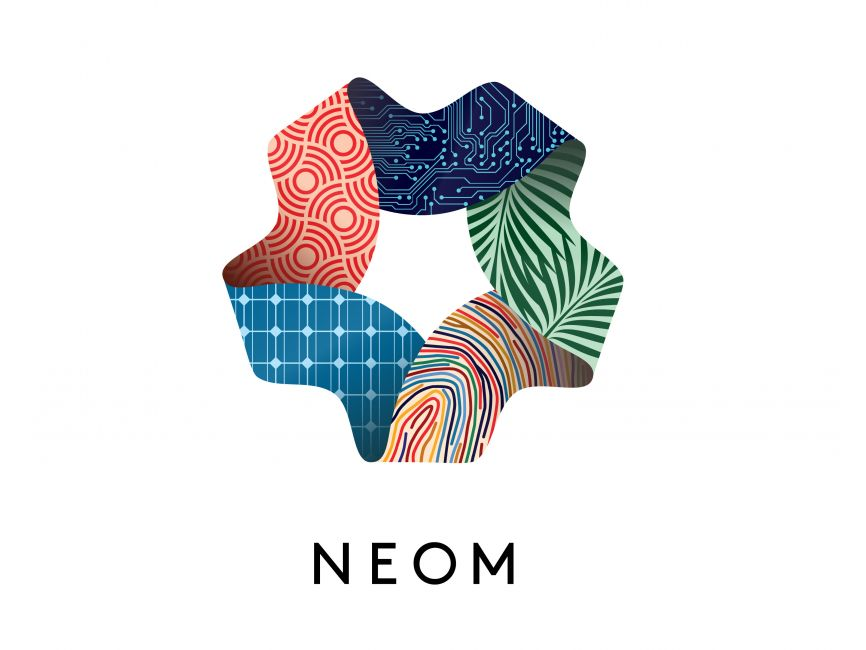
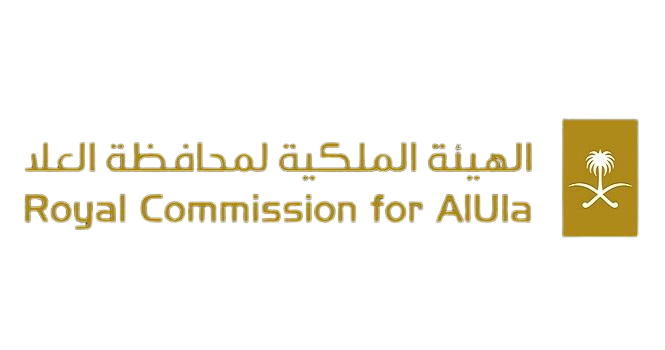
1021517daeb271a3064bfde286be5f0e12e417.jpg)

9573769fae268a382f75cde81f59603e9b35d.png)

